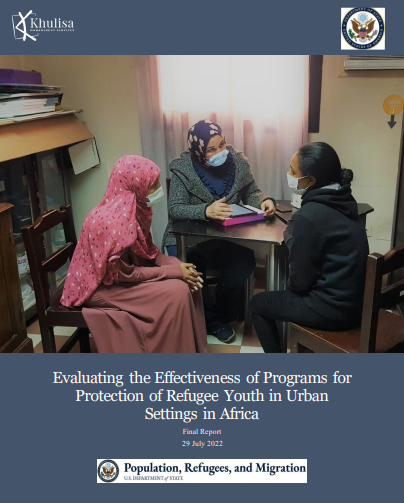This is the second #EvalTuesdayTip in our 6 week series on our evaluator blind spots, cognitive biases. The Narrative Fallacy is the human tendency to create a story or explanation.
Nassim Taleb, who coined the term Narrative fallacy, defined it as
“The narrative fallacy addresses our limited ability to look at sequences of facts without weaving an explanation into them, or, equivalently, forcing a logical link, an arrow of relationship upon them. Explanations bind facts together. They make them all the more easily remembered; they help them make more sense. Where this propensity can go wrong is when it increases our impression of understanding.” quora.com/What-is-the-narrative-fallacy
The narrative fallacy also causes us to look back at past events in our lives or others and see correlation between events when there may have been none.
It is our natural tendency to create a cause and effect story when a new fact or data point presents itself. This obviously presents a threat to evaluations. This is why this bias is called narrative fallacy. Whilst we can’t help drawing conclusions from information, our propensity to weave a story can often be misguided and lead to false conclusions.
Evaluators need to carefully guard against their potential narrative fallacy. As Alex Birkett writes, “… this kind of storytelling is particularly dangerous because, essentially, it is limiting to your experimentation.”
Read full blog: blog.amplitude.com/cognitive biases ruining growth


